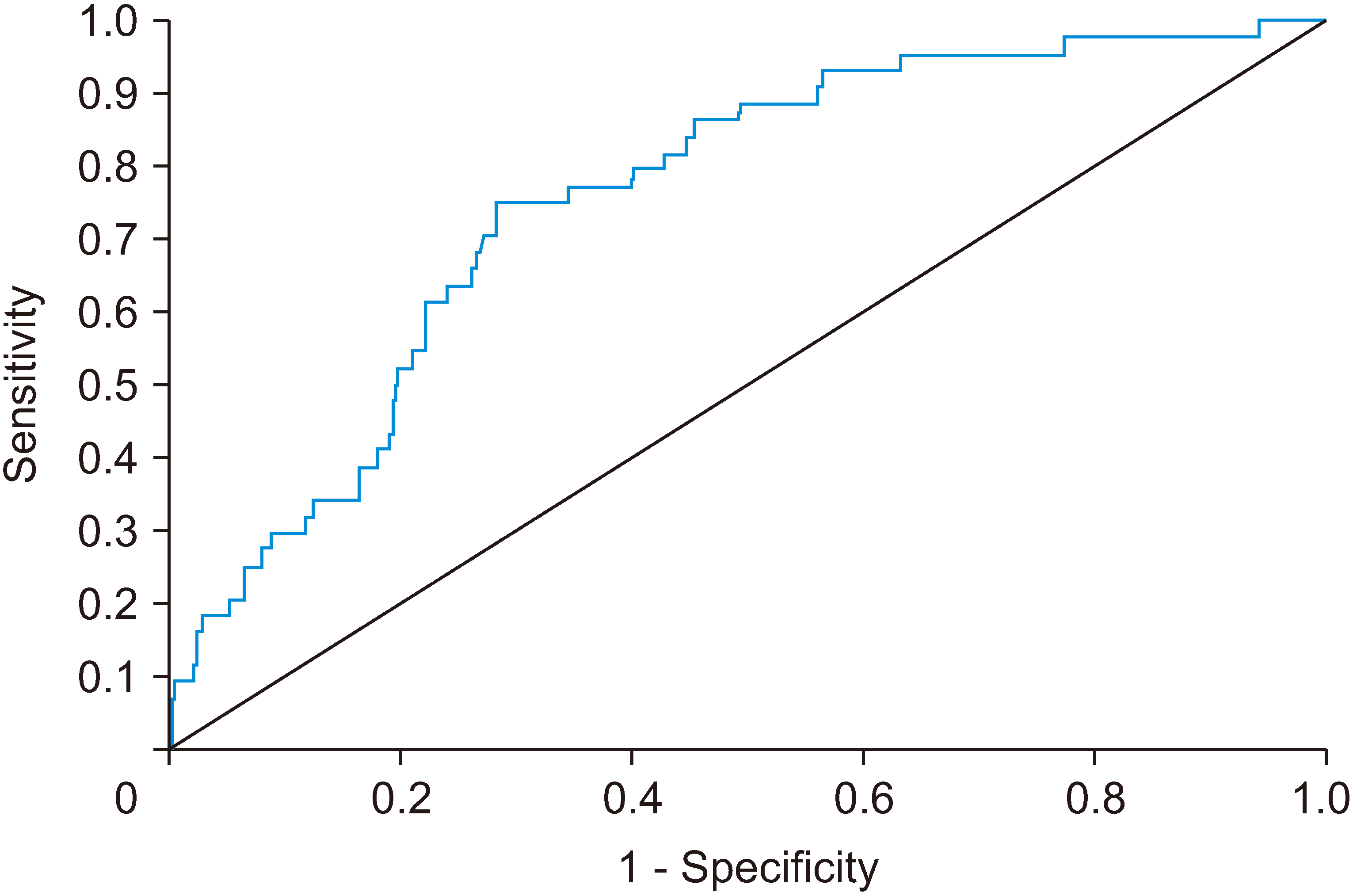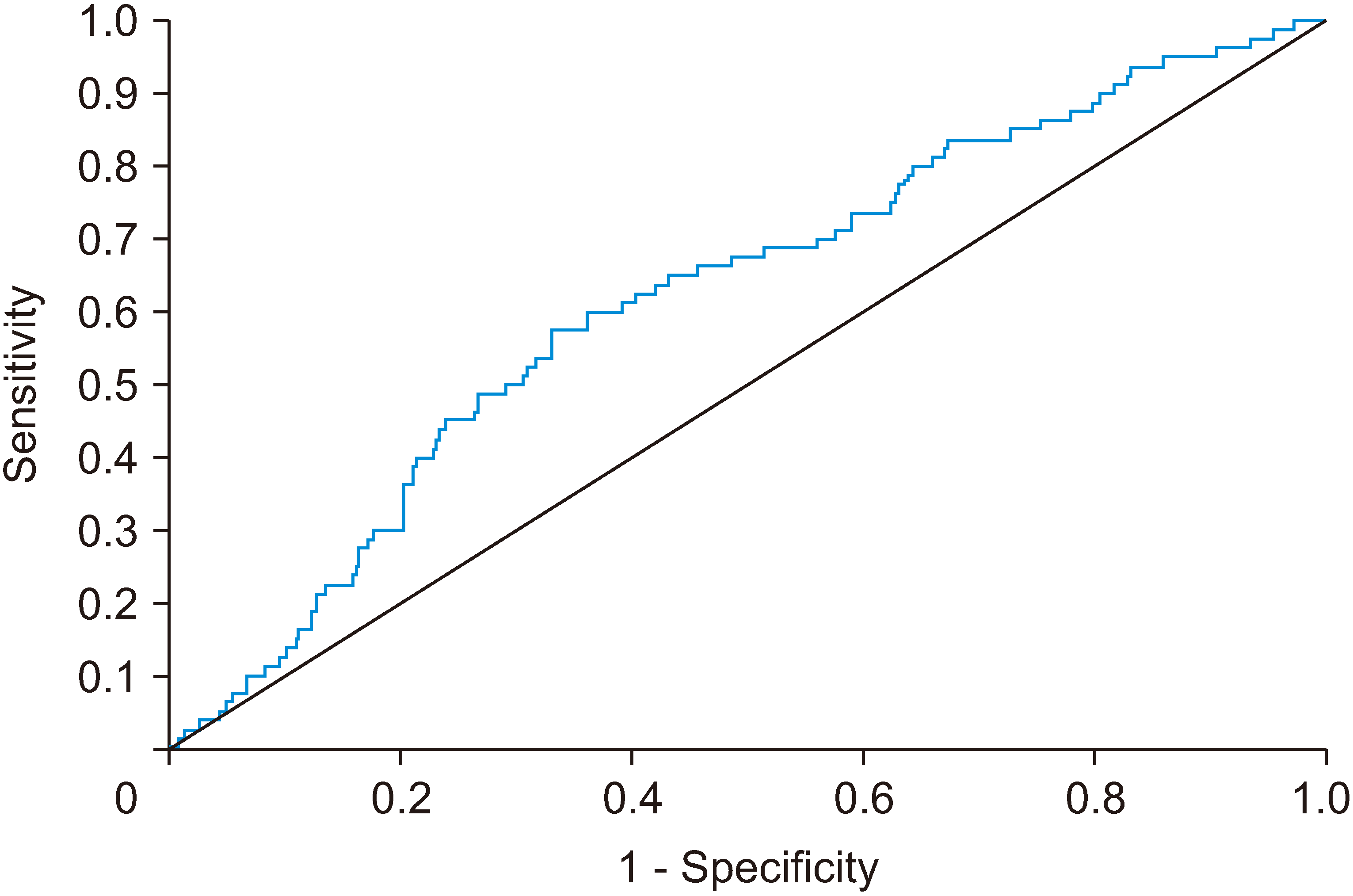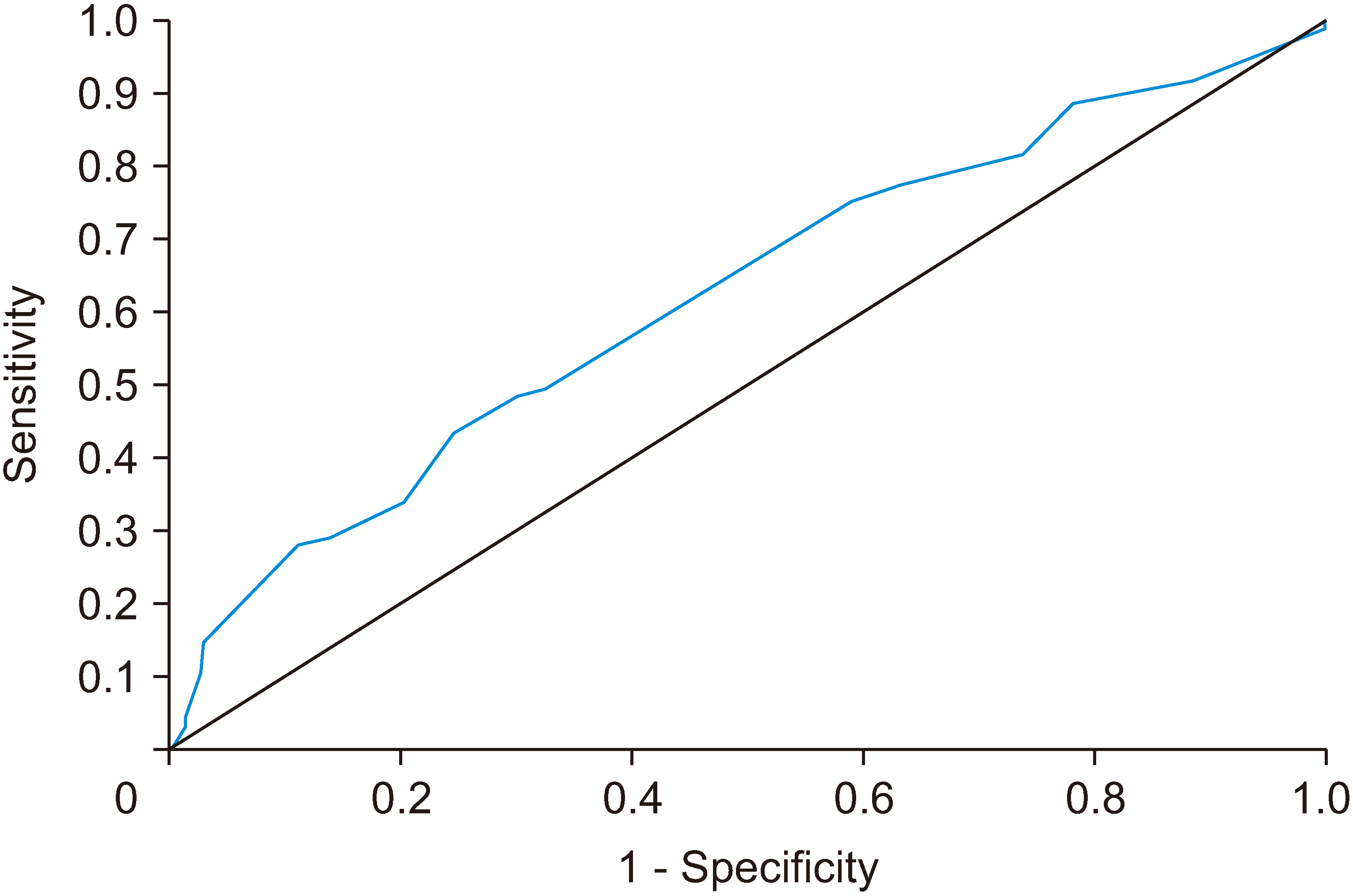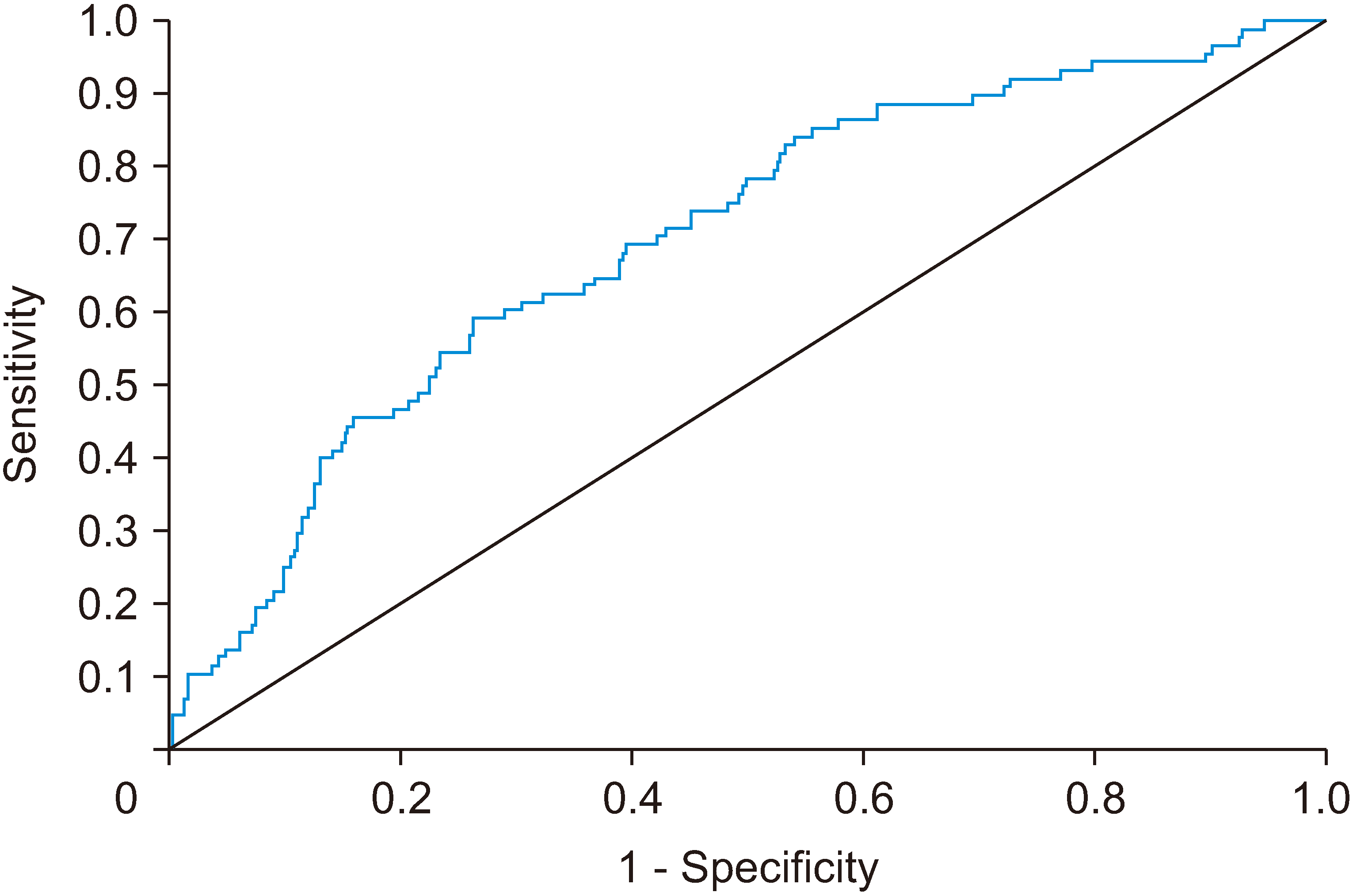MATERIALS AND METHODS
This prospective observational cohort study was conducted at the John Radcliffe Hospital of the Oxford University Hospitals NHS Foundation Trust, Oxford, UK, in 2021, including data of patients operated on for “hot gallbladder” from January 2019 to August 2020. In this paper we use the term “hot gallbladder” that is gaining wide diffusion in the clinical setting, and refers to the conditions leading to emergency cholecystectomy, namely: intractable recurrent biliary colic, acute cholecystitis, acute biliary pancreatitis and cholecysto-choledocolithiasis (biliary obstruction). Our unit is a tertiary referral unit for hepatobiliopancreatic emergencies. Hot gallbladders are usually operated during the index admission according to the 2018 Tokyo Guidelines [
4], unless poor general conditions or specific contraindications suggest that the patient should be treated conservatively (cholecystostomy, antibiotic, stenting) and an operation postponed for a few months, if feasible.
The study included adult patients who underwent an emergency operation for “hot gallbladder”. Exclusion criteria were: paediatric patients, patients treated conservatively and not operated in the emergency setting, elective cholecystectomies, cholecystectomy as part of another operation, and cholecystectomy for trauma.
Demographic and clinical data were fully anonymised, collected into an electronic database (MS Excel for Mac v.16.53; Microsoft) and analysed with a built-in application (StatPlus for Mac v.7; AnalystSoft Inc.).
Primary endpoints of the study were: rate of conversion to open surgery, rate of abandoned operations, rate of subtotal cholecystectomies, that is, the use of escape strategies to deal with a difficult situation and the impossibility to complete the LC. These three dependent variables have been grouped under the name of “suboptimal treatment,” considering that the gold standard treatment for hot gallbladder is emergency LC and the use of escape strategies, although necessary, should be considered as “suboptimal.” This choice is further discussed in the Discussion section.
Secondary endpoints of the study were: biliary leak, postoperative morbidity, readmission rate, length of postoperative stay.
The distribution of continuous variables has been evaluated and, the vast majority being non-normally distributed, their comparison has been carried out with non-parametric tests (Kruskall-Wallis analysis of variance) or by linear regression. Categorical variables have been compared with the Pearson’s chi-square test. The odds ratio is also reported where comparison has been performed with 2 × 2 chi-square test.
The variables resulting in significance at univariate analysis have been introduced into a multivariate analysis by backward stepwise linear regression. The regression models are presented with independent variables, their coefficients and p-value, along with the value of the intercept, the R-value, the R-square value, and the p-value of the model. The accuracy of these models was evaluated by receiver operating characteristic (ROC) curve analysis. As this analysis applies to binary models, the “length of postoperative stay” predictive model was dichotomised on the basis of the average postoperative length of stay; in other terms, the new variable was considered 0 when postoperative length of stay was inferior to the average, and 1 when it was superior or equal.
Data are presented as mean, median and range (continuous) or as number and percentage (categorical variables). A value of p < 0.05 was taken as statistically significant. Missing or incomplete data have been excluded listwise from the analysis.
Informed consent to operation was obtained from all subjects and/or their legal guardians. No experimental protocol was applied on any of the patients. All methods were carried out in accordance with relevant guidelines and regulations.
This prospective observational cohort audit has been approved by the Health Research Authority (HRA) Confidentiality Advisory Group of the Oxford University Hospitals NHS Foundation Trust (n.6431) as the research involved the use of patient information, albeit unidentifiable. Due to the specific nature of this study–observational and fully anonymised–and the internal regulations of the Oxford University Hospitals NHS Foundation Trust regarding Research and Confidentiality, formal Ethical Committee or Institutional Review Board approval was not considered to be necessary. However, informed consent to the operation and to the use of their information for scientific purposes was obtained by all subjects and/or their legal guardians. This report has been prepared on the basis of the STROBE guidelines [
5].
RESULTS
We analysed data of 466 patients, 155 males and 311 females (33.3% and 66.7% respectively), mean age 52.7 years. The vast majority were younger than 65 (73.5%). Mean body mass index (BMI) was 30.2 kg/m
2, with most patients being between 25 and 40 kg/m
2 (71.1%). Most patients were ASA 1 or 2 (88.6%). Almost 60% of patients had presented with acute cholecystitis. The distribution of the other prognostic factors pertaining to the patients and their clinical presentation is reported in
Table 1 and
2, respectively, along with the results of their univariate analysis.
About 10% of patients had a suboptimal treatment as defined above. There were 26 conversions to open surgery (5.6%) due to extensive inflammation or to intraoperative bleeding. Four operations (0.9%) were abandoned as the surgeon considered it too risky to continue by laparoscopy and preferred to bail out and treat the patient conservatively instead of converting to open surgery. Eighteen patients (3.9%) had a subtotal cholecystectomy (3 of them after conversion). These three categories have been merged into the category “suboptimal treatment” (
Table 3).
Only 5 patients (1.1%) had intraoperative complications and 3 of them were bile le–aks (0.6%). The number of patients with bile leak was too small to include this variable into the subsequent analysis.
Eighty patients (17.2%) had postoperative complications and 97 (20.8%) were readmitted after discharge within 1–500 days (
Table 3). There was no in-hospital mortality.
The average postoperative stay was 2.3 days, but the distribution of this variable is highly skewed. Median postoperative stay was 1 day (0–41 days) (
Table 3).
The results of the distribution of the variables related to the timing of admission and treatment are reported in
Table 4.
Age was significantly higher in patients who had a suboptimal treatment and postoperative complications and is strongly related to postoperative stay. Male patients tend to have more complications and to remain as in-patients longer after the operation.
Patients with higher ASA tend to have a suboptimal treatment, to have a longer postoperative stay and to be readmitted more frequently. The study of the single co-morbidities confirmed that patients with diabetes, cardiac problems and history of previous abdominal surgeries more frequently had a suboptimal treatment. Those with diabetes or cardiac disease tend to complicate more. Patients with chronic kidney disease (CKD) have a 7-fold risk of being readmitted with respect to those with no renal impairment.
Most patients had preoperative antibiotics. Patients who had antibiotics were more likely to have a suboptimal treatment and to remain in hospital longer. However, this finding is not clinically significant as antibiotics were mostly prescribed to patients who were septic and in poorer general conditions.
Patients with positive inflammatory markers, low alanine aminotransferase (ALT)/alkaline phosphatase (ALP) ratio were more likely to end up with a suboptimal treatment. Low albumin at admission was also correlated to a longer postoperative stay.
Median symptoms-to-admission time was 2 days and median admission-to-operation time was 5 days. Patients who had to wait longer for an operation tend to stay longer after the cholecystectomy and to be readmitted more often. There was a pretty much equal distribution of admission and operations among the days of the week, even if less cholecystectomies have been performed on Thursdays. The day of admission and of operation is significantly associated with postoperative morbidity being higher when the patients are admitted or operated on mid-week and on Sundays. Patients operated in the afternoon tend to have a longer postoperative stay, but this correlation is only borderline.
At linear regression, the values of albumin correlate with the positivity or negativity of inflammatory markers (inflammatory markers = 1.66164–0.02249* Alb, R2 = 0.05453, p < 0.0001). Similarly, albumin correlates significantly with C-reactive protein (CRP) (albumin = 39.11833–0.02095*CRP, R2 = 0.17448, p < 0.0001). The ALT/ALP ratio correlates with CRP (ALT/ALP = 1.21135–0.00258*CRP, R2 = 0.0257, p = 0.0007) and with albumin (ALT/ALP = –1.20023 + 0.05995*Alb, R2 = 0.03629, p = 0.00004).
Readmission rate is directly correlated to postoperative complications (Pearson’s chi- square 7.99993, p = 0.00468).
Table 5 shows the results of the multivariate analysis and the predictive models. Advanced age and low albumin are the independent prognostic factor for a suboptimal treatment. Postoperative morbidity is independently associated to advanced age, male sex and, surprisingly, the day of the week the patient was admitted, becoming higher towards the weekend. Readmission is associated to high ASA score, thin-walled gallbladder and delay in performing the operation. Length of postoperative stay is independently correlated to advanced age, low albumin, and days between admission and operation. ROC analysis for the predictive models is shown in
Fig. 1–
4.
DISCUSSION
Acute cholecystitis and, more generally, biliary emergencies, represent about 20% of all the emergency surgical admissions [
3]. For acute cholecystitis, current guidelines suggest an emergency cholecystectomy as first choice of treatment, to be performed ideally during the same index admission and by the laparoscopic approach [
4]. This can be extended to all acute complications of gallstones, including intractable biliary colic, jaundice due to CBD stones and acute gallstone pancreatitis, along with acute cholecystitis. These conditions are sometimes grouped under the term of “hot gallbladder,” which was initially referred to the appearance of an inflamed gallbladder at PET Scan [
6], but has gradually extended to signify all acute presentations of gallstone disease [
7]. Safety and efficacy of emergency LC have been fully demonstrated [
8], but nonetheless it can become a difficult and complex operation. Other than the old-fashioned “call an expert friend,” which is valid for any surgical situation, specific escape strategies have been proposed, including converting to open surgery, abandoning the operation (if possible) and performing a subtotal cholecystectomy. Unfortunately, there is no agreed definition of “subtotal” cholecystectomy (SC). The traditional description of SC entails the excision of fundus and body of the gallbladder without removing the neck (or Hartmann’s pouch), that can be closed with stitches or left open and drained [
4]. According to this description, although it may surely be an escape procedure to finish the operation while minimizing the risk for the patient, in our opinion this cannot be considered a curative cholecystectomy due to the possibility of stones recurrence in the small residual pouch (“mini-gallbladder”). On the contrary, if the cystic duct can be safely closed, the operation is to be considered a proper curative cholecystectomy even when the posterior wall is left in place. The escape strategies result in higher mortality and morbidity when compared to the standard LC [
9,
10] and reduced patient satisfaction. For this reason, we grouped the escape strategies (conversion to open, subtotal cholecystectomy and abandoned procedure) under the umbrella term of “suboptimal treatment” in the current study, well aware that the term “treatment” could be considered inappropriate for some of them.
About 10% of patients in the current study had a suboptimal treatment. It was related to multiple patient factors such as: increasing age above 65 years, ASA score above 3, diabetes, cardiac disease, previous abdominal operations, need of pre-operative antibiotics and biochemical indexes of inflammation such as: high inflammatory markers, low albumin levels and low ALT/ALP ratio. Advanced age and low albumin are independent prognostic factors for a suboptimal treatment. Our study is in line with previous research showing that age increases the risk for subtotal cholecystectomy and conversion to open surgery [
11,
12]. An explanation might be that elderly patients may be more likely to delay their presentation of symptomatic gallstones which might result in untreated cholecystitis, leading to more severe inflammation and anatomical difficulties [
13].
Although old age and male sex have been highlighted as the two most important risk factors for the conversion of LC surgery to open surgery [
14,
15], the current study did not statistically confirm male sex to be a prognostic risk factor for suboptimal treatment, although there was a non-significant trend towards this.
In terms of biochemical markers, hypoalbuminaemia has been recognised as the most important risk factor for lap-to-open conversion of cholecystectomy [
16]. Albumin level was significantly directly correlated with CRP, suggesting and confirming that low albumin is a marker of more severe inflammation [
17,
18], which in turn leads to a higher likelihood of suboptimal treatment.
We could confirm the findings of other Authors [
19] that male sex predicts post-operative morbidity. The sex gap in surgical morbidity is a well-known effect, whose cause has not been fully clarified yet. Males seem to be more at risk of postoperative morbidity in all surgery except cardiac after both elective and emergency operations [
20,
21], but specific prospective controlled studies looking at this issue are yet to come.
Other than sex, advanced age and the day of the week the patient was admitted are independently prognostic of post-operative morbidity, being higher when the patients are admitted or operated on mid-week and on Sundays. Comorbidities are more common with advanced age and can increase the postoperative complications and the frequency of conversion to open surgery when compared to younger patients. Our study confirmed that age and ASA score are risk factors for suboptimal treatment. In addition, since advanced age is often related to delayed presentation of symptomatic gallstones, this might also explain the increased risk of post-operative morbidity. The current study confirmed that the day of admission was prognostic for postoperative complications, particularly for the mid-week and Sunday, thus being potential evidence of the “weekend effect.” The “weekend effect” refers to allegedly inferior outcomes for patients hospitalized on weekends compared to weekdays [
22,
23]. This issue has never been fully proved and its aetiology remains unclear. Theories range from lower weekend staffing levels to less access to diagnostics, reduced subspecialty coverage with wider cross-coverage, and less experienced surgeons manning the weekend shifts [
23]. It has also been proposed that emergency surgical patients admitted on weekends are generally in poorer conditions, thus more prone to develop complications, but this has not been proved for hot gallbladders [
24]. Probably, human factors may play a role. In fact, surgeons on-call on Sundays may decide not to embark in potentially long and difficult operations to avoid overloading the already reduced theatre staff during weekends, thus postponing the cholecystectomy to the next week. While all these factors may explain the increased morbidity for those admitted on Sundays, it is quite difficult to explain the first peak of morbidity around mid-week. Our impression, but with no evidence to support it, is that hot gallbladder patients admitted on mid-week do not get enough priority to be operated sooner than later, due to pressure from other more urgent cases, and when they get their LC, it is usually many days after their presentation, when the operation is more difficult due to ongoing inflammation.
In the current study, the 30-day re-admission rate reached 20.8%. The independent prognostic risk factors associated with readmission include ASA score > 3, patients with a thin-walled gallbladder, increased latency from admission to surgery and CKD. A significant amount of research has been conducted to assess the impact of ASA score on re-admission following different surgical procedures and ASA was the strongest predictive value of 30-day readmission [
25]. This was in line with the current study, whereby patients with a higher ASA score were at an increased risk of re-admission, with ASA 3 patients having a readmission rate more than double than those ASA 1.
There is limited data available on the effect of delaying hot gallbladder treatment on readmission rates. Based on the current study, there is a direct link between the time to operation and readmission rate. In fact, the rate of readmission doubled from 14.8% in patients operated within day 2 to 29.6% in patients operated after one week. There is no high-level study in the Literature specifically comparing the readmission rate with timing of emergency LC, but in our study this association seems to be quite obvious if we consider that readmission rate is directly correlated with postoperative morbidity.
There is controversial evidence on the impact that CKD poses as a factor of postoperative re-admission and no data is available specifically following a LC. Whilst an international cohort study found that altered preoperative kidney dysfunction influences higher rates of morbidity and mortality, no differences were found with readmission in their 30-day follow up [
26], whereas a study on 4,645 patients who underwent a transcatheter mitral valve repair showed the 30-day and 90-day re-admission rates to be significantly higher in comparison to the control group (non-CKD) [
27]. Similarly, our data demonstrate that patients with CKD that had an emergency LC were seven times more likely to be readmitted to hospital in comparison to those without CKD.
In the current study, postoperative length of stay was just above 2 days. Similar to other outcomes measured, age > 65, low albumin, and greater admission-to-operation time were prognostic of post-operative stay. A recent study assessing factors on postoperative hospital stay following LC confirmed low pre-operative albumin as a contributor increasing duration of hospital stay and recommendations were offered to monitor nutritional status and to treat accordingly through supplementary nutritional therapy or albumin replacement [
28]. We do not particularly agree with this approach as, on the basis of the previously mentioned direct correlation between albumin and CRP, we believe that albumin is mostly a marker of inflammation, more than nutrition, therefore early source-control of sepsis with an early operation (or cholecystostomy in those who are not fit for surgery) may be more crucial than albumin replacement or preoperative nutritional support.
As demonstrated by the ROC analysis, the statistical models provided by our work are reliable and significant and can represent interesting and useful tools to be considered in the decision-making process and while informing the patients of risks and benefits of the proposed operation. It is impossible to identify precise cut-off values of the linear independent prognostic variables (i.e., age, albumin), to provide a precise estimate of the risk. However, it must be emphasized that the surgical risk (i.e., “suboptimal treatment,” morbidity, readmission, and prolonged hospital stay) is not a categorical variable (yes or no), but a continuous variable whose value can be estimated using the proposed statistical models.
Unfortunately, at the moment, despite multiple high-level evidence and evidence-based guidelines, the therapeutic decision on a patient with hot gallbladder still depends on the attitude and experience of the on-call surgeon and prognostic information given to the patients may be imprecise and incomplete. This paper aims at representing an initial attempt to fill this gap.
It must be emphasised that the indication for an emergency index-admission LC is not yet widely accepted for two main reasons. The first is related to logistics, as in many hospitals LC is hardly considered having enough priority to gain access into an already busy emergency theatre list when it must compete with allegedly much more urgent life-saving operations. The second reason is somehow related to the perceived risks of emergency LC in acute cholecystitis. Although the Tokyo guidelines clearly state the clinical and statistical advantages of an early cholecystectomy against conservative treatment and the subsequent risk of recurrent symptoms while waiting for an elective LC, some authors voice arguable concerns about the risk of increased complications and suboptimal treatments in the acute setting [
29]. Also for this reason, some author suggests prudence in approaching with a LC patients whose symptoms of acute cholecystitis last for more than a week [
30], echoing the old-fashioned and not fully demonstrated adage that an acute cholecystitis should be operated within 12 hours from the beginning of the symptoms or after 12 weeks. In our experience, we have not been able to demonstrate any association between increased surgical morbidity or risk of suboptimal treatment and timing of surgery in patients operated during the index emergency admission.
Strengths of this study are its large population and the evaluation of a large set of prognostic factors. The main limitation is its intrinsic non-randomised design. Moreover, our predictive models must be externally validated on larger series to obtain clinical significance.
Conclusions
The current study found that several prognostic factors are related to the outcome of LCs performed on hot gallbladders, with predictive models being able to identify patients at high risk of poor post-operative outcomes. The statistical models hereby proposed can be utilised to identify patients who might benefit from a delayed LC after a period of conservative treatment in order to decrease the risk of complications and suboptimal treatment and to provide prognostic information to guide the processes of decision making and informed consent.








 PDF
PDF Citation
Citation Print
Print



 XML Download
XML Download